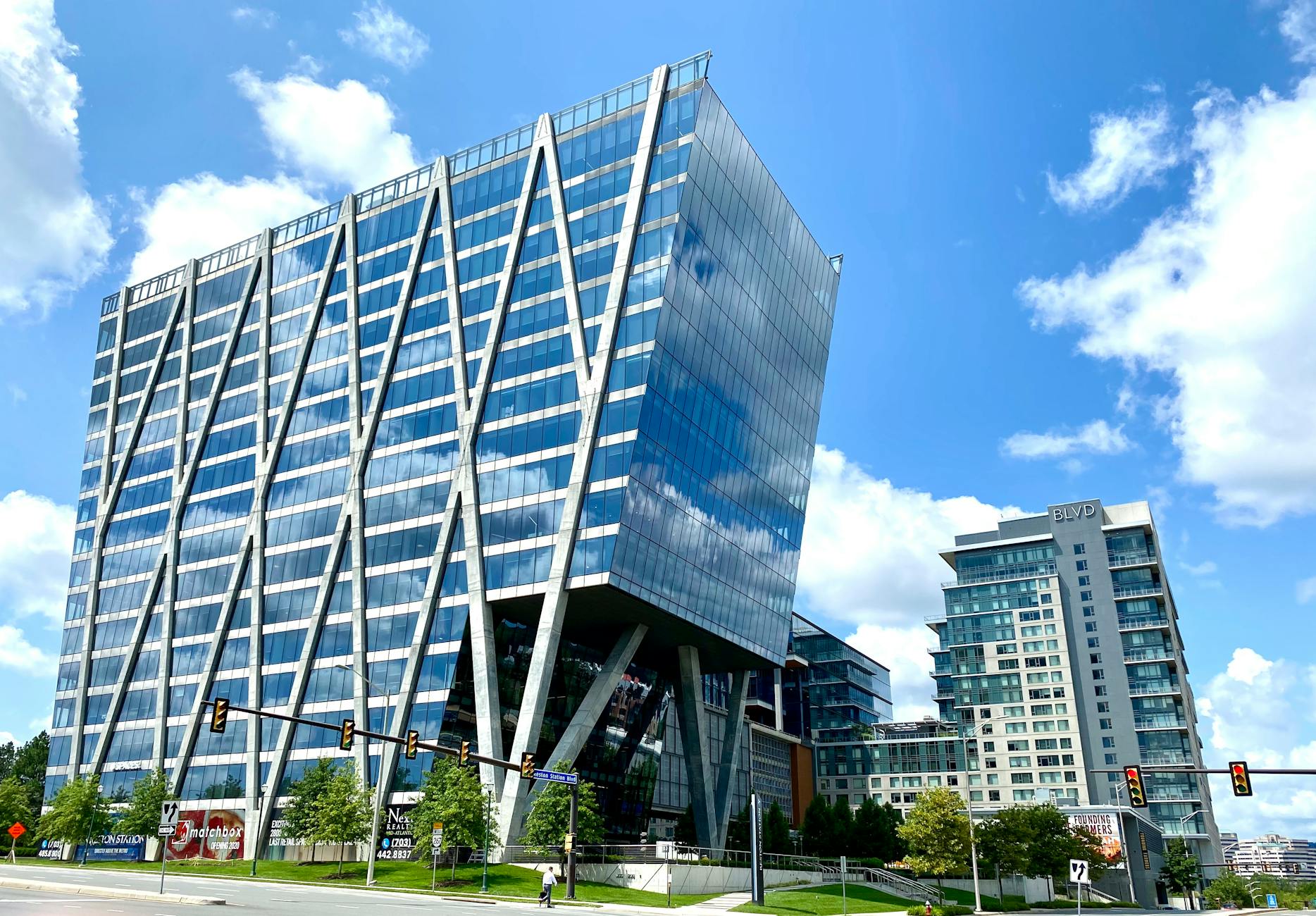Emerging Trends in Affordable Housing Development in Your Region
Emerging trends in affordable housing development in your region have become a critical focal point for urban planners, developers, and policymakers who aim to address growing housing shortages and affordability challenges. With populations expanding and real estate prices escalating, innovative approaches to affordable housing are essential for ensuring that all residents have access to safe, decent, and cost-effective living options. This article explores the latest trends shaping affordable housing projects in your region, including advancements in construction technology, sustainable building practices, policy reforms, and community-centered design. Understanding these developments offers valuable insights into how the housing market is evolving to meet current and future demands while promoting social equity and economic stability.
Innovative construction technologies
One of the most impactful trends in affordable housing development is the adoption of new construction technologies. Prefabrication and modular construction have significantly reduced build times and costs, allowing developers to create housing units faster and with less waste. These methods enable components to be manufactured off-site under controlled conditions, improving quality and resource efficiency. Additionally, 3D printing is beginning to make inroads in the region, capable of constructing entire homes with lower material usage and labor expenses. The integration of these technologies not only accelerates project timelines but also improves affordability by streamlining processes and minimizing delays.
Sustainable and energy-efficient building practices
Environmental sustainability is a growing priority in affordable housing initiatives. Developers are increasingly incorporating energy-efficient designs and renewable energy systems to reduce long-term operational costs for residents. Common features include solar panels, high-performance insulation, and energy-efficient windows and HVAC systems. Green building certifications, such as LEED or local sustainable building standards, are becoming standard benchmarks for new projects. These practices not only lower utility bills but also contribute to healthier living environments and decrease the carbon footprint of residential developments. This focus on sustainability aligns with broader regional and national climate goals while supporting affordability.
Policy reforms and incentives
Government policies are playing a pivotal role in shaping affordable housing landscapes by providing incentives and regulatory flexibility to encourage development. Inclusionary zoning, tax credits, and subsidies for low-income housing projects have increased in prominence, enabling more mixed-income communities. Public-private partnerships are facilitating collaboration between municipal authorities and private developers, pooling resources to expand affordable housing stock. Additionally, streamlined permitting processes and relaxed zoning regulations in targeted areas help reduce administrative burdens and costs. These policy reforms create a more favorable environment for investment in affordable housing, accelerating project delivery and accessibility.
Community-centered design and social integration
Finally, a holistic approach to affordable housing emphasizes community integration and resident well-being. Developments are moving beyond mere shelter provision to focus on creating vibrant neighborhoods that foster social interaction and support networks. Incorporation of shared spaces such as community gardens, playgrounds, and multipurpose rooms promotes engagement and inclusivity. Access to local transportation, schools, and healthcare services is also prioritized to improve quality of life. This trend reflects a shift towards designing housing that meets not just economic needs but social and emotional wellbeing, encouraging sustainable community development.
Conclusion
The landscape of affordable housing development in your region is undergoing significant transformation driven by innovative construction technologies, a commitment to sustainability, supportive policy frameworks, and a focus on community-centered design. Prefabrication and modular building methods streamline creation and reduce costs, while energy-efficient and green building practices lower long-term expenses and environmental impact. Alongside these physical and technical advances, policy reforms incentivize developers and reduce bureaucratic hurdles, enabling greater output of diverse housing solutions. Finally, the emphasis on social integration ensures that affordable housing projects contribute positively to residents’ lives beyond mere affordability. Together, these emerging trends illustrate a comprehensive strategy to effectively address housing challenges while fostering resilient, inclusive communities well into the future.
Image by: Andreas Leindecker
https://www.pexels.com/@andreas-leindecker-730264322
editor's pick
latest video
news via inbox
Nulla turp dis cursus. Integer liberos euismod pretium faucibua

